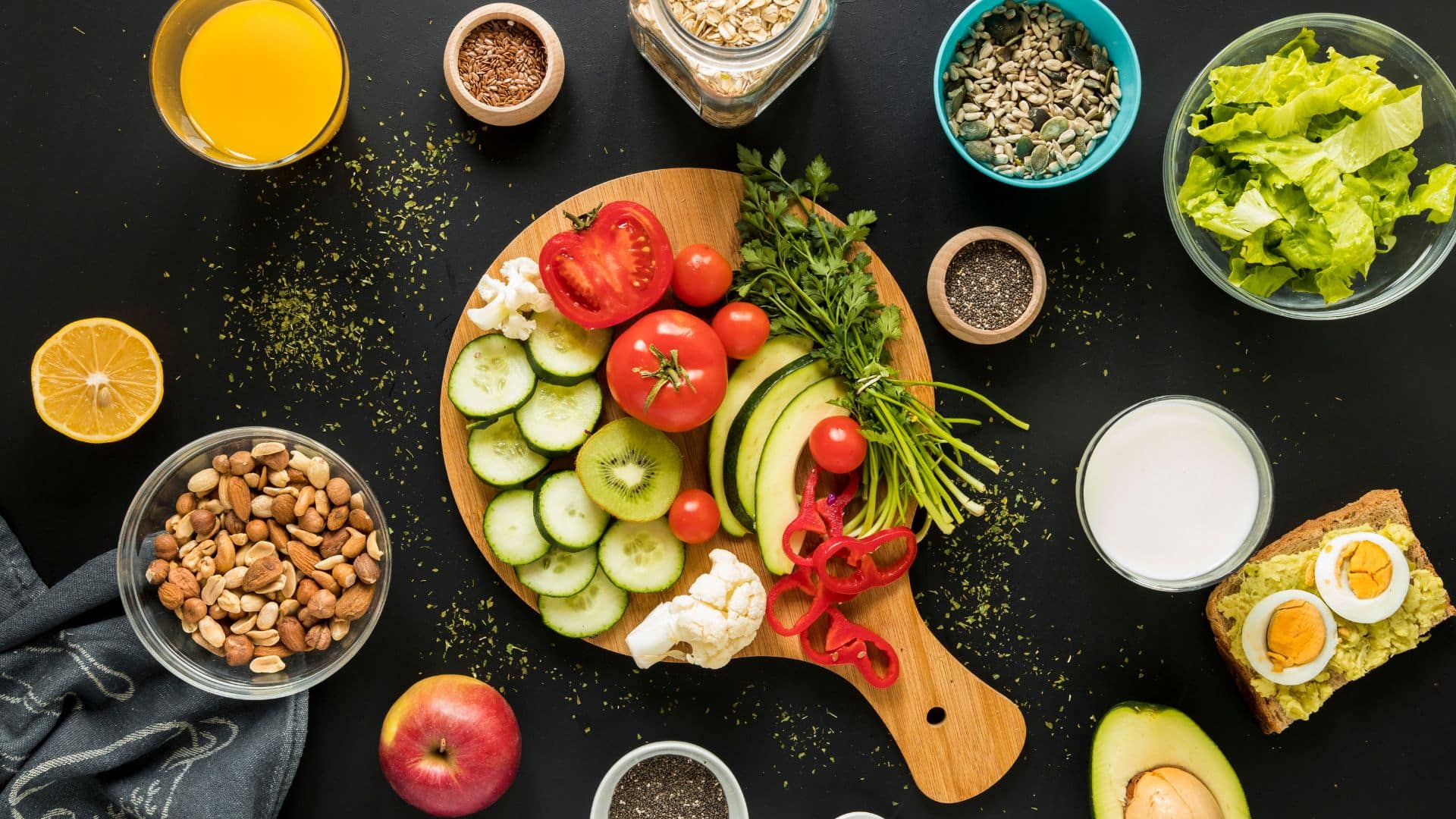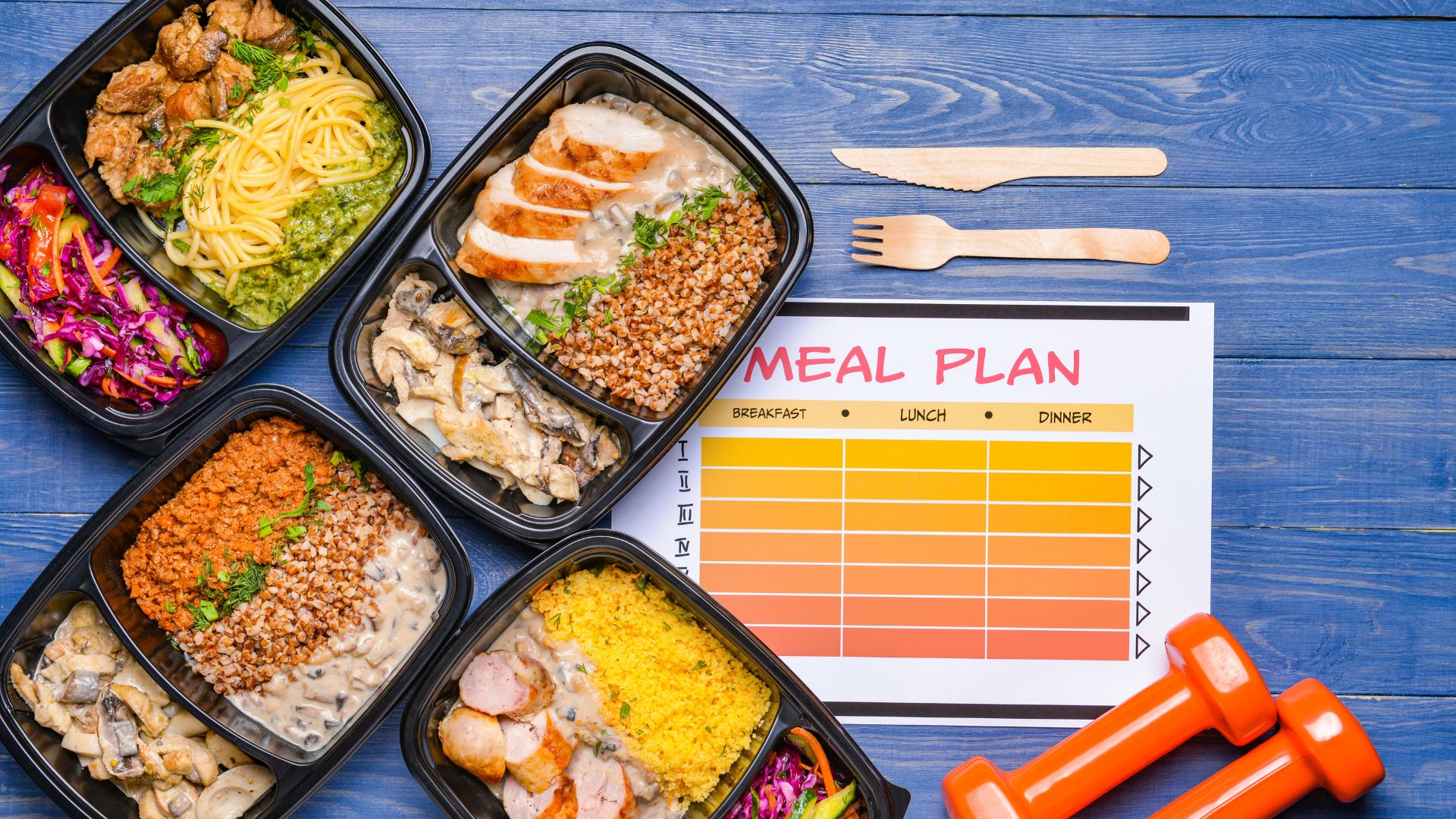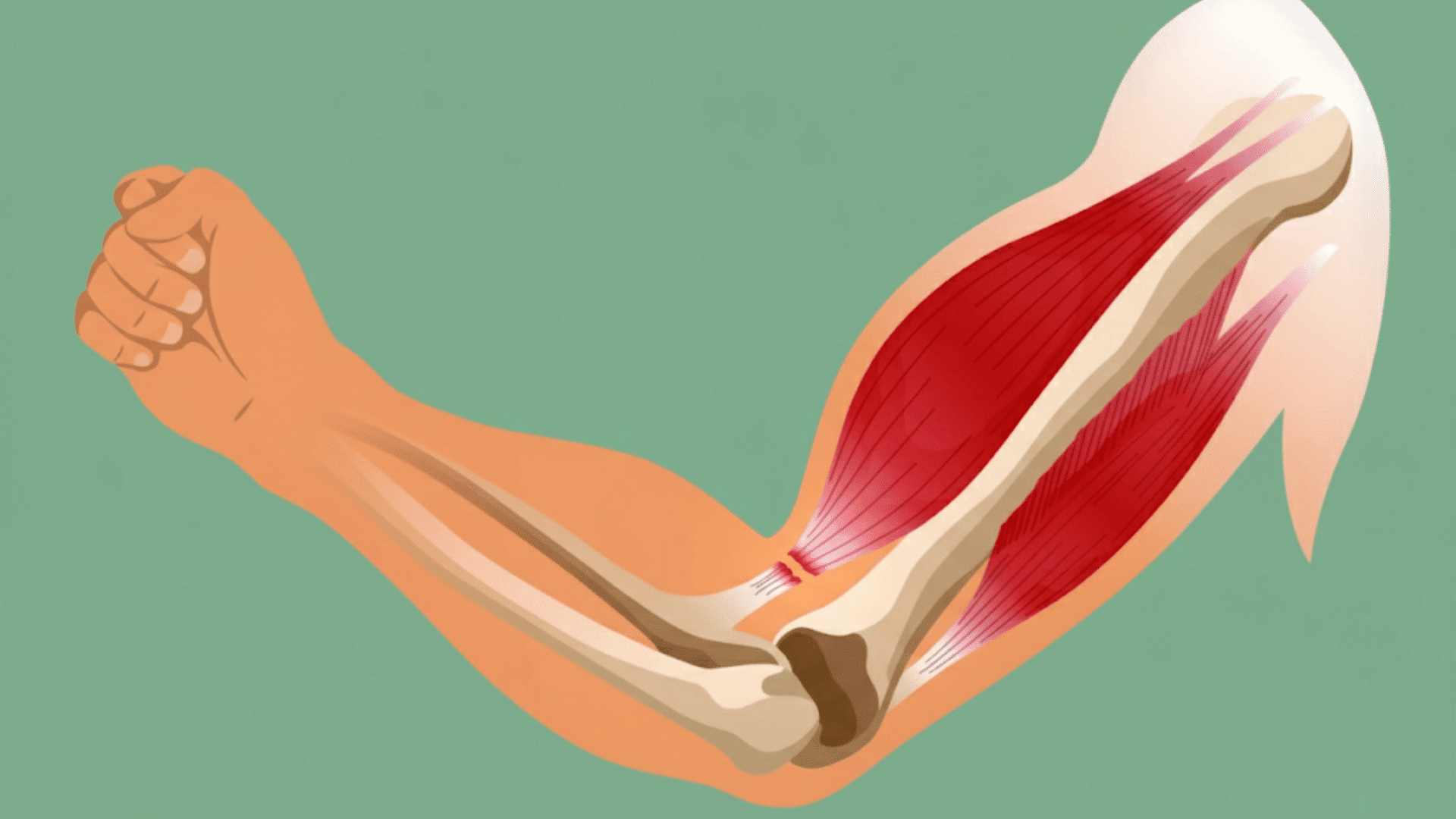Are you tired of following the same diet plan that doesn’t match your workout routine?
Many fitness lovers face this problem daily. They eat the same carbs whether they’re hitting the gym hard or taking a rest day. This approach doesn’t work for your body’s changing needs.
Carb cycling provides a smarter approach to fueling your workouts and recovery. It helps you eat more carbs when you need energy and fewer when you’re resting.
This method is particularly effective for yoga practitioners, gym-goers, and individuals seeking improved fitness results.
In this blog, you’ll learn what carb cycling is, how it works scientifically, the key benefits, and get a complete seven-day meal plan to start today.
What is Carb Cycling?
Carb cycling is a nutrition strategy in which you adjust your carbohydrate intake based on your level of activity. On days when you exercise hard, you eat more carbs. On rest days or light activity days, you eat fewer carbs.
This approach helps your body use carbs when it needs them most. The cycle balances energy as carbs fuel workouts on active days, while lower-carb days help the body burn fat.
Many athletes and fitness fans use this plan to improve performance. It’s also popular among people who practice yoga regularly or follow structured workout schedules. The key is matching carbs to your energy needs.
Carb cycling is adaptable to different lifestyles. It allows you to tailor your nutrition to your workout intensity, body composition goals, and personal preferences, making it easier to follow in the long term.
How Carb Cycling Works: Science Behind It
Your body stores carbs as glycogen in muscles and the liver. During exercise, glycogen is the body’s main fuel.
Refilling these stores on higher-carb days prepares muscles for upcoming sessions, while reduced-carb days create a controlled energy deficit that encourages steady fat metabolism without slowing recovery.
The process helps with fat loss while keeping your metabolism active and your muscles protected from breakdown.
- Insulin levels stay balanced throughout the week.
- Hormone sensitivity improves with varied carb intake.
- Metabolic flexibility increases as your body becomes more adaptable.
- Muscle glycogen gets restored on high-carb days.
This cycling pattern prevents your metabolism from slowing down. It also helps you avoid the tiredness that comes with very low-carb diets. Your body learns to switch between burning carbs and fat efficiently.
Benefits of Carb Cycling for Yoga/Fitness
Carb cycling brings several benefits for people who practice yoga or follow regular fitness routines. It helps your body function more efficiently while supporting your health goals.
1. Better Workout Performance
High-carb days provide you with the energy for intense yoga flows or gym sessions. Your muscles have enough glycogen to power through challenging poses. You’ll notice less fatigue during workouts.
2. Fat Loss Without Muscle Loss
Low-carb days encourage fat burning, while high-carb days protect your muscles. This balance helps you lose fat without sacrificing strength. Your body composition improves over time.
3. Prevents Diet Fatigue
Eating the same low-carb meals every day can become boring and challenging to maintain. Carb cycling adds variety to your diet. High-carb days feel rewarding, making it easier to stick to long-term.
4. Improved Recovery
After tough workouts or long yoga sessions, your muscles need carbs to recover properly. High-carb days speed up muscle repair and reduce soreness. You’ll feel ready for your next workout faster.
Types of Carb Cycling Days
Carb cycling plans typically include three types of days based on your activity level. Each day, the type of food has a different carb target to match your body’s needs.
| Day Type | Carb Intake | Best For |
|---|---|---|
| High Carb Day | 200-250g | Intense workouts, strength training |
| Moderate Carb Day | 100-150g | Light exercise, yoga sessions |
| Low Carb Day | 50-75g | Rest days, minimal activity |
These numbers serve as general guidelines for the average person. Your exact carbohydrate needs may vary based on body weight, fitness goals, and the intensity of your activity. Adjust amounts as needed.
7 Day Carb Cycling Meal Plan
Here’s a comprehensive weekly plan that alternates between high-carb, moderate-carb, and low-carb days. Follow this structure and adjust portions based on your specific calorie and macro needs.
Day 1: High Carb Day (200-250g)
- Breakfast: Oatmeal with banana, berries, and almond butter (55g carbs).
- Lunch: Grilled chicken breast with quinoa, roasted sweet potato, and mixed green salad (70g carbs).
- Dinner: Salmon with brown rice, steamed broccoli, and carrots (65g carbs).
- Snacks: Rice cakes with peanut butter and sliced apple (30g carbs).
Day 2: Moderate Carb Day (100-150g)
- Breakfast: Greek yogurt with granola, mixed berries, and honey (45g carbs).
- Lunch: Turkey wrap with whole wheat tortilla, lettuce, tomato, and avocado (35g carbs).
- Dinner: Lean beef stir fry with mixed vegetables and jasmine rice (40g carbs).
- Snacks: Handful of almonds with an orange (15g carbs).
Day 3: Low Carb Day (50-75g)
- Breakfast: Scrambled eggs with spinach, mushrooms, feta cheese, and half an avocado (10g carbs).
- Lunch: Grilled chicken salad with mixed greens, cucumber, cherry tomatoes, and olive oil vinaigrette (15g carbs).
- Dinner: Baked cod with asparagus, cauliflower rice, and a small portion of roasted carrots (20g carbs).
- Snacks: Celery sticks with almond butter and a handful of walnuts (10g carbs).
Day 4: High Carb Day (200-250g)
- Breakfast: Whole-grain pancakes with maple syrup and fresh strawberries (60g carbs).
- Lunch: Chicken pasta with whole wheat noodles, marinara sauce, and side salad (75g carbs).
- Dinner: Grilled shrimp with couscous, roasted vegetables, and whole grain roll (70g carbs).
- Snacks: Energy bar with dates and oats (25g carbs).
Day 5: Moderate Carb Day (100-150g)
- Breakfast: Smoothie bowl with protein powder, half banana, spinach, and granola (40g carbs).
- Lunch: Tuna salad sandwich on whole grain bread with lettuce and tomato (35g carbs).
- Dinner: Baked chicken thighs with roasted sweet potato wedges and green beans (45g carbs).
- Snacks: Trail mix with nuts and dried fruit (15g carbs).
Day 6: Low Carb Day (50-75g)
- Breakfast: Omelet with peppers, onions, cheese, and a side of avocado slices (12g carbs).
- Lunch: Lettuce wrap tacos with ground turkey, salsa, guacamole, and black beans (20g carbs).
- Dinner: Grilled steak with sautéed zucchini, bell peppers, and a side salad (15g carbs).
- Snacks: String cheese with cucumber slices and a handful of macadamia nuts (8g carbs).
Day 7: High Carb Day (200-250g)
- Breakfast: French toast with whole grain bread, berries, and honey (65g carbs).
- Lunch: Chicken burrito bowl with brown rice, black beans, corn, and salsa (80g carbs).
- Dinner: Baked tilapia with quinoa pilaf, roasted Brussels sprouts, and dinner roll (60g carbs).
- Snacks: Protein muffin with oats and banana (20g carbs).
Wrapping It Up
In summary, carb cycling lets you eat strategically based on your training schedule.
This approach gives your body what it needs at the right time. You fuel hard training sessions properly while promoting fat burning on lighter days.
The meal plan above provides a practical template to follow. Remember that consistency matters more than perfection. Give yourself time to adapt and see how your body responds to this eating pattern.
Success comes from listening to your body and making adjustments along the way. Stay patient, track your progress, and don’t hesitate to adjust portions based on your individual response.
What’s your biggest concern about starting carb cycling? Share your questions below!










